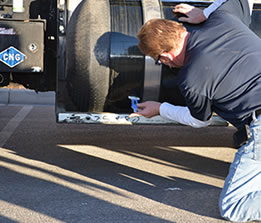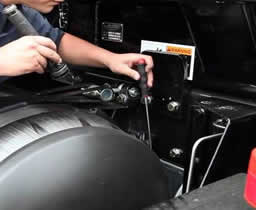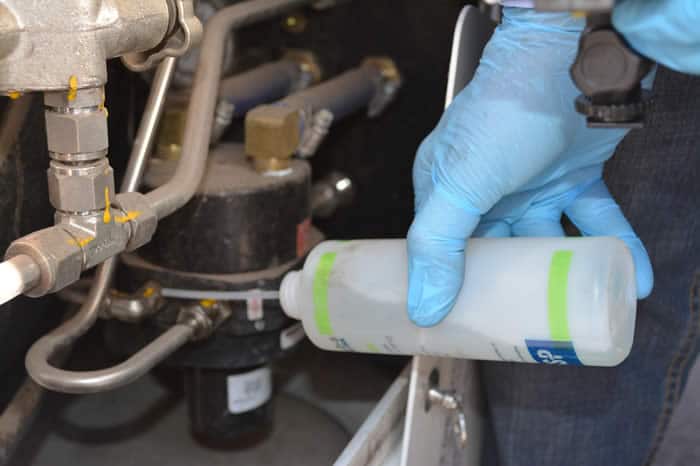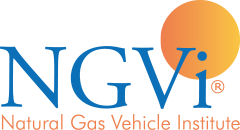By Annalloyd Thomason, Vice President/General Manager, NGVi

The article outlined several issues that require clarification—including the language used in the National Highway Transportation Safety Administration’s (NHTSA) FMVSS 304, which states that CNG containers “should be visually inspected after a motor vehicle accident or fire and at least every 36 months or 36,000 miles, whichever comes first, for damage and deterioration.” Most NGV users treat FMVSS 304 as law, and most heavy-duty users find the interval unrealistic and costly because many heavy-duty vehicles reach 36,000 miles every 12 weeks or less.
An additional challenge is that FMVSS 304 calls for inspection of cylinders—not the entire fuel system—while industry best practice calls for inspection of the entire CNG fuel system. This is because other fuel system components can have equally serious safety impacts.

The major tasks that the working group is undertaking include (1) inconsistencies that need to be addressed between current codes and standards that govern CNG fuel system inspections; (2) what components should be included in a CNG fuel system inspection; (3) how frequently inspections should be conducted; and (4) qualifications of a CNG fuel system inspector.
In commenting on the working group, Leo Thomason noted “The tasks being undertaken by the working group are long overdue. I am pleased that NGVAmerica has assembled an experienced group of industry members—especially including the cylinder manufacturers—to develop recommendations to be adopted by NHTSA and other organizations that will help ensure safety and meet the current operational needs of NGV users.”
The bottom line and ultimate goal for CNG fuel system inspections is safety. Inspections must be conducted frequently enough to detect potential in-use safety issues or installation code problems and that’s the real issue on the table. While many in the industry encourage one year/100,000 mile inspection intervals for heavy-duty trucks, NGV users currently using the 36,000 mile interval often find safety or installation issues that need to be corrected.
As the working group progresses, we will keep our readers informed. In the meantime, if you have input you’d like to share, email us at info@ngvi.com.
